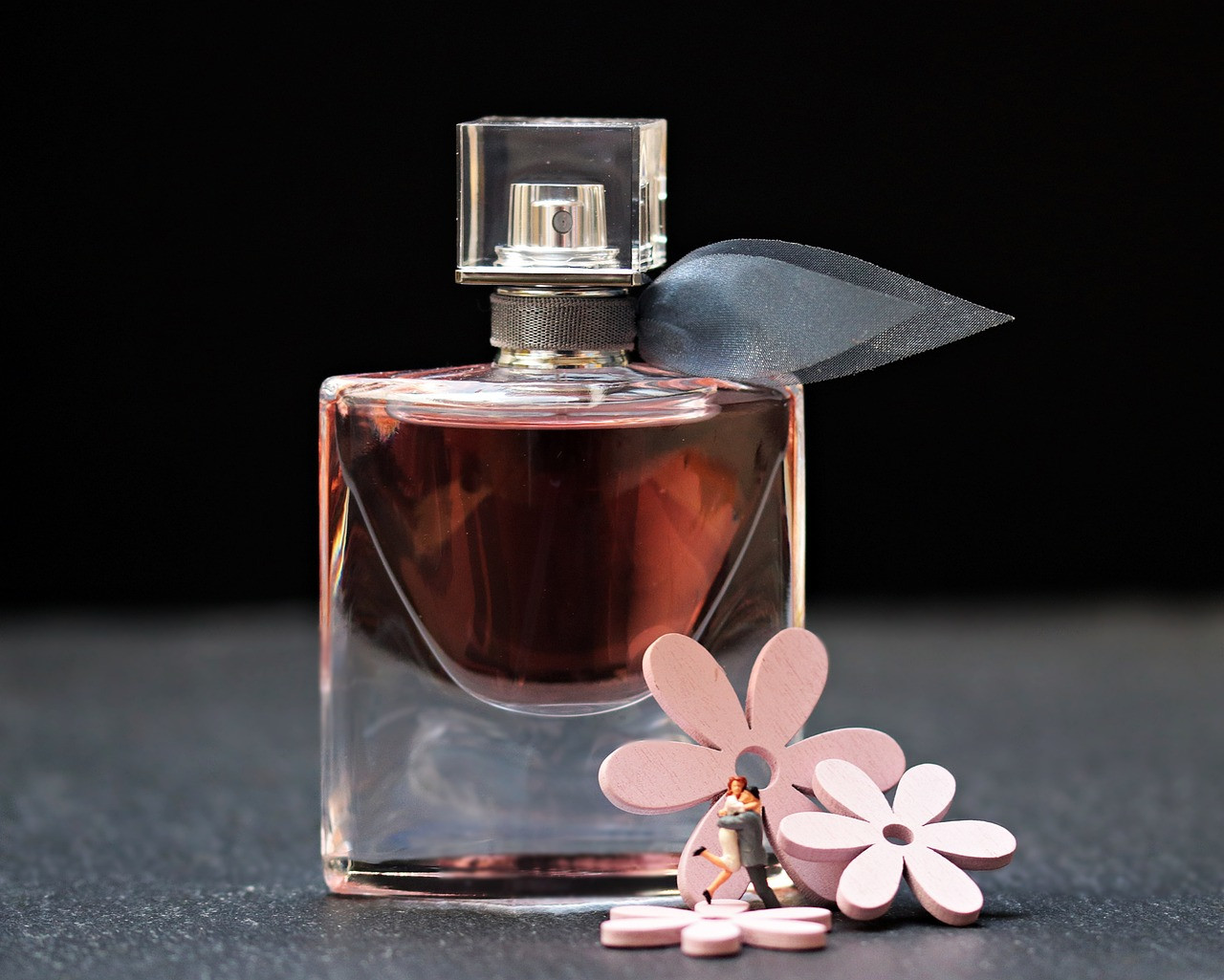It’s that time of year—everywhere I look, families are dealing with runny noses, coughs, and lingering sickness. If you’re in the middle of it, I see you—being a mom taking care of sick kids is exhausting! But what if you could make illness the exception, not the norm in your home?
In my house, sickness is rare—not because we’re lucky, but because we take proactive steps every day to keep our immune systems strong. Let’s talk about how you can do the same!
Preventing Illness Naturally
The best way to avoid illness is to build up your body’s defenses before germs even have a chance to take hold. Here’s what I focus on year-round to keep my family healthy:
1. Nourish Your Body with Whole, Healing Foods
What we eat plays a huge role in our immune strength. Here’s what to prioritize:
- Colorful vegetables & fruits – These are packed with antioxidants, vitamins, and minerals that help fight infections.
- Herbs & spices – Garlic, ginger, turmeric, and oregano have powerful immune-boosting properties.
- Whole grains & legumes – Provide fiber and prebiotics to support gut health, where 70% of your immune system lives!
- Fermented foods – Sauerkraut, kimchi, and coconut yogurt help build a strong gut microbiome.
2. Cut Out Immune-Suppressing Foods
Certain foods make you more susceptible to illness. Avoid:
- Refined sugar – Weakens white blood cells for hours after consumption.
- Dairy & processed animal products – These create excess mucus and inflammation, making it harder for your body to fight infections.
- Processed foods & refined grains – Lack nutrients and overload the body with toxins.
3. Stay Hydrated (Not processed Sugary Drinks!)
Dehydration stresses the immune system, so drink plenty of water! Add electrolytes naturally with coconut water, fresh fruit, sea salt, herbal teas, and wolfberry puree.
4. Essential Oils for a Healthy Home
I love using Young Living essential oils as part of my family's wellness routine. These authentic, high-quality, plant-based products help me create a supportive environment in my home. Here are a few ways I incorporate them:
- Refreshing the Air – Diffusing purifying essential oils like Lemon, Thieves, Tea Tree, or Purification creates an uplifting and welcoming atmosphere where you can breathe deeply.
- Comforting Aromas – Oils like Frankincense and Lavender provide a grounding scent, perfect for relaxation.
- Internal Support - Certain Vitality™ oils (labeled for dietary use), such as Frankincense Vitality™ and Oregano Vitality™, can be used as part of a wellness routine. I enjoy adding a drop to a veggie capsule with a carrier oil or incorporating them into recipes for extra support.
- DIY Self-Care – Adding essential oils to Epsom salt baths or homemade chest rubs with eucalyptus, Raven, or R.C. and coconut oil makes for a soothing breathing experience.
- Daily Wellness Habits – I personally love applying diluted oils like Peppermint or Breathe Again to my chest before heading out into the cold air. I also love applying Thieves and Oregano to my feet daily during winter months.
Remember, everyone’s body is different, so it’s important to find what works best for you and your family! If you’d like tips on how I use essential oils in my home, let’s chat.
5. Supplement Smartly
Even with the best diet, our bodies sometimes need extra support. These supplements are game-changers:
- Vitamin D – Most people are deficient, especially in winter! This is essential for immune function.
- Vitamin C, Zinc & Selenium– Help fight infections and shorten illness duration.
- Probiotics – A healthy gut = a strong immune system.
What to Do If You Get Sick
Even with great habits, sometimes sickness happens. Here’s how to support your body’s healing naturally so you bounce back faster:
🌱 Nourish with Healing Foods – Bone or veggie broth, warm herbal teas, fresh citrus, and ginger are soothing and strengthening.
💨 Diffuse Essential Oils – Eucalyptus, Ravintsara, and Tea Tree help clear congestion and support respiratory health.
🛁 Take Detox Baths – Add Epsom salts, baking soda, and lavender oil to a warm bath to ease muscle aches and detox the body.
🛏️ Prioritize Rest – Your body needs energy to heal! Skip screens at night and get extra sleep.
💨 Diffuse Essential Oils – Eucalyptus, Ravintsara, and Tea Tree help clear congestion and support respiratory health.
🛁 Take Detox Baths – Add Epsom salts, baking soda, and lavender oil to a warm bath to ease muscle aches and detox the body.
🛏️ Prioritize Rest – Your body needs energy to heal! Skip screens at night and get extra sleep.
Wolfberry Puree for Strength & Recovery – My go-to for immune support, antioxidants, and whole-body nourishment! It helps with energy, recovery, and overall resilience.
Moms, Here’s How to Survive Sick Days
I know how exhausting it is when everyone in the house is sick—here are a few mom-tested tricks to make it easier:
- Create a “Sick Kit” – Keep tissues, oils, teas, and a diffuser in one place so you don’t have to scramble when someone isn’t feeling well.
- Hydration is Key – Kids get dehydrated fast. Make homemade electrolyte drinks with coconut water, wolfberry puree, lemon, and a pinch of sea salt.
- Give Yourself Grace – It’s okay if the house is a mess or meals are simple. Focus on rest and recovery first.
Building Resilient Families Together
I want to help families stay well, recover faster, and build lifelong healthy habits. If you’re ready to take your family’s wellness to the next level, let’s chat!
Need help with immune support? Want to know my go-to gut cleansing protocol or how I use essential oils daily? I’d love to share more with you!
Let’s make this the year of stronger, healthier, happier families. You’ve got this! 💛
My blogs contain some affiliate links.
Any purchase made is a blessing to my family at no extra cost to you!
Thank you for supporting us!


Oh that beautiful bottle! That wonderful scent! So many of us have a favorite, or our loved ones have a favorite - their signature scent. But did you know that no matter how good it smells, your fragrance could cause someone near you to have a reaction?
When I’m exposed to fragrances from perfumes, colognes, or scented products, especially when it is very strong, my reaction is immediate and overwhelming. I get a splitting headache almost instantly, my stomach churns with nausea, and there are times I end up vomiting, although it's usually a dry heave (TMI, I know). Breathing becomes difficult, with a sense of tightness in my chest, and if the exposure is severe or long, it can trigger a full-blown asthma attack. These reactions aren’t uncommon—many people suffer from sensitivities to synthetic fragrances, though their symptoms might vary. Certain aisles in the grocery store (laundry, candles), fragrance related stores, or fragrance sections in department stores are places to avoid for those that are sensitive.
Fragrance sensitivities are a real issue that can significantly impact many people’s health and well-being. When we go out into public spaces, especially enclosed areas like airplanes or other public transportation, theaters, schools, churches, offices, or waiting rooms, it’s crucial to consider those around us. Wearing heavy perfumes, colognes, body sprays, or products labeled with “fragrance,” “parfum,” or “perfume” can expose others to chemicals that may harm them or exacerbate their conditions. In fact, using these products whether you have a "reaction" or not can harm you, too!
Why are fragrances problematic?
Most synthetic fragrances are made with a mix of chemicals, many of which are harmful. Ingredients labeled under “fragrance,” “parfum,” or "perfume" can contain some of over three thousand of undisclosed chemicals, including:
Most synthetic fragrances are made with a mix of chemicals, many of which are harmful. Ingredients labeled under “fragrance,” “parfum,” or "perfume" can contain some of over three thousand of undisclosed chemicals, including:
- Phthalates: Known to disrupt hormones and linked to reproductive issues.
- Octoxynols and Nonoxynols: Known to break down into persistent hormone disruptors.
- Synthetic musks: Persistent in the environment and suspected to interfere with hormone function.
- Formaldehyde-releasing agents: Potential carcinogens that may irritate the skin, eyes, and respiratory system.
- Solvents: Such as toluene, which can damage the nervous system and cause headaches, nausea, and dizziness.
- Volatile organic compounds (VOCs): Trigger respiratory problems and may contribute to indoor air pollution.
Be aware that these won't be on the label. You will only see "fragrance," "parfum," or "perfume." These substances can cause headaches, dizziness, skin irritation, respiratory issues, and when this happens, a person is perfectly aware there is a problem, and can often figure out what caused it. For individuals with asthma, autoimmune conditions, or chemical sensitivities, the effects can be immediate and severe. However, these chemicals also cause long-term health problems, including cancer and reproductive issues for those who are regularly exposed, and most doctors will say they don't know what caused it. Many won't link these problems to their perfumes, shampoos, or cleaners. And there we have a tricky problem. If you don't know what caused something, how can you remove the cause and fix the problem? There are some specific reasons so many have cancer and hormone issues, and this is one of them.
Respecting shared spaces means understanding that heavily fragranced products can make some people sick. Choosing unscented or naturally fragranced alternatives without synthetic additives allows everyone to feel more comfortable, safe, and welcome. Let's be mindful and considerate—not only for the comfort of others but also for the sake of healthier environments for all.
AND Respect yourself enough to get informed about fragrances and then remove them from your home so you and your family can be healthier!
My blogs contain some affiliate links.
Any purchase made is a blessing to my family at no extra cost to you!
Thank you for supporting us!

If you're aiming to eliminate synthetic fragrances from your routine, transitioning to naturally scented or fragrance-free personal care products is a great start. Consider using unscented deodorants or those infused with natural essential oils, and opt for body lotions made with pure ingredients like shea butter or aloe vera. For hair care, choose shampoos and conditioners with 100% pure essential oils, steering clear of products containing synthetic "fragrance" or "parfum."
In maintaining a fresh home environment, switch to natural and unscented laundry detergents or those with essential oil-based scents. Wool dryer balls can replace traditional dryer sheets and can be customized with a hint of your favorite essential oil. Household cleaners can be substituted with natural alternatives made from ingredients like vinegar and baking soda, complemented with essential oils for a pleasant aroma.
Personal fragrances can be redefined by using genuine essential oils such as lavender or sandalwood, offering a unique and natural scent. Essential oil blends provide an aromatic experience without the overpowering effects of synthetic perfumes. Opting for these natural alternatives reduces exposure to harmful chemicals and fosters a healthier, more inclusive environment for everyone, especially those with sensitivities.
Read more...I’ve never been a fan of perfumes; they always gave me headaches and made me feel unwell. In fact, once I had to quit a job because of the fragrances in the workplace. But for years, I used traditional cleaning products like bleach, Soft Scrub, Windex, and 409 without question because I thought that’s just how you clean. Unfortunately, every time I cleaned, especially in small spaces like bathrooms, I’d struggle to breathe and rely heavily on my inhaler.
These struggles weren’t just limited to cleaning. I had respiratory issues almost daily and used my inhaler frequently, even when I wasn’t exposed to cleaning chemicals. I suffered from frequent headaches, including chronic migraines that would strike every two to four weeks. At the time, I had no idea these issues were connected to the products I was using in my home.
It wasn’t until I started learning about the hidden dangers of common household products that things began to click. The chemicals in those products weren’t just making me uncomfortable; they were contributing to my health problems. Armed with this knowledge, I made a decision: I was done letting these toxins take control of my life.
I returned some products to the store, threw others away, and used up a few with the promise to myself that I’d never buy them again. I replaced them with non-toxic, natural alternatives. Cleaning no longer left me gasping for air or reaching for an inhaler, and after some time, my chronic asthma issues disappeared.
This journey didn’t stop with cleaning products. I started swapping out shampoos, soaps, lotions, and other personal care items for clean options. I even made dietary adjustments to avoid triggering foods. Over time, my migraines lessened in frequency until they were no longer a regular part of my life.
Today, I live in a virtually toxin-free home, and it’s given me back my health and vitality. No more chronic asthma. No more frequent migraines. Changing out those toxic products made such a difference, that looking back, I can hardly believe I ever thought that was normal. I’m so grateful for the fresh start.
My blogs contain some affiliate links.
Any purchase made is a blessing to my family at no extra cost to you!
Thank you for supporting us!


Find Your Energy Again: Introducing the 14-Day Reset
Do you ever feel like life’s demands have drained your energy reserves? Between juggling work, family, and everything in between, it’s easy to feel like you’re running on empty. What if I told you that in just 14 days, you could feel lighter, more energized, and ready to take on life with renewed vitality?
The 14-Day Reset is here to help you reclaim your energy and focus on YOU. This is not about quick fixes or fads—it’s about making intentional, sustainable changes to support your body and mind.
Here’s what the Reset is all about:
- Nourishment from the Inside Out: Through whole-food, clean meals, you’ll flood your body with nutrients that reduce inflammation and boost energy.
- Movement That Feels Good: Simple, intentional exercise to get your body moving and your endorphins flowing.
- A Holistic Approach to Wellness: Incorporating hydration, mindset shifts, and targeted support like NingXia Red to fuel your body and help you thrive.
- Daily Tips and Accountability: Each day, you’ll receive practical guidance to keep you on track and inspired.
This Reset is perfect for anyone who’s ready to:
- Break free from sluggishness and fatigue.
- Sleep better and wake up feeling refreshed.
- Take small, impactful steps toward a healthier, more vibrant life.
It’s not about being perfect—it’s about progress. The Reset is your opportunity to prioritize yourself, even in the midst of a busy life.
Are you ready to feel like YOU again? Let’s do this together!
Sign up for the 14-Day Reset today and take the first step toward a brighter, more energized you. 🌿✨
My blogs contain some affiliate links.
Any purchase made is a blessing to my family at no extra cost to you!
Thank you for supporting us!



